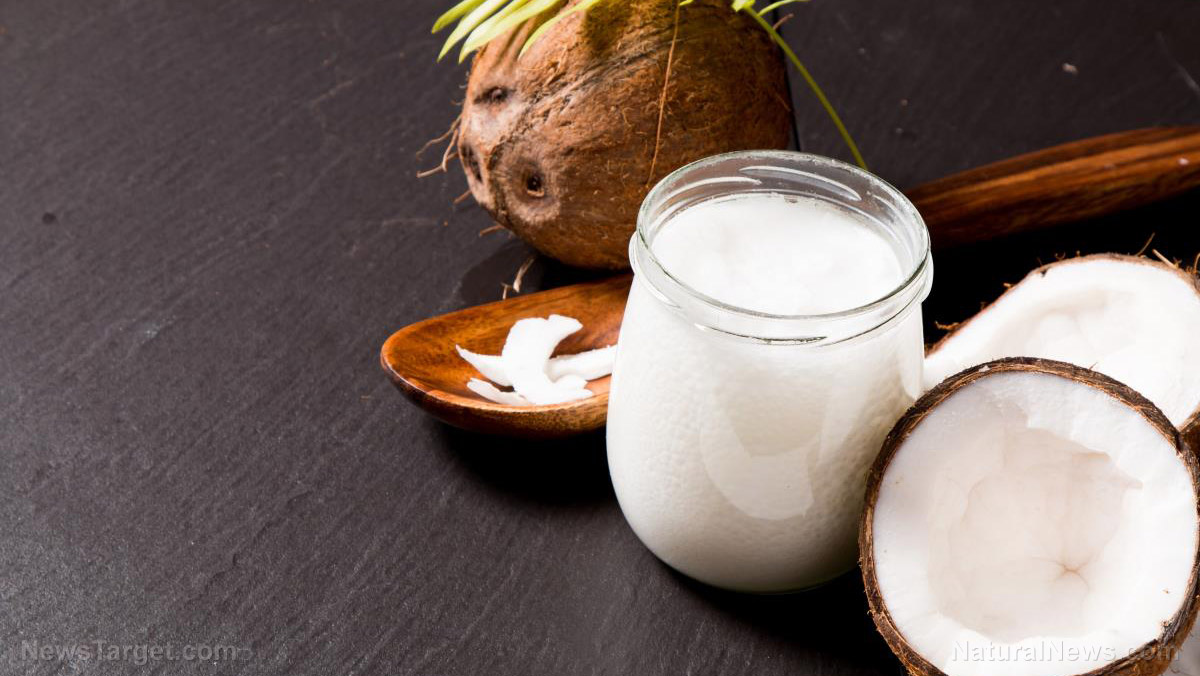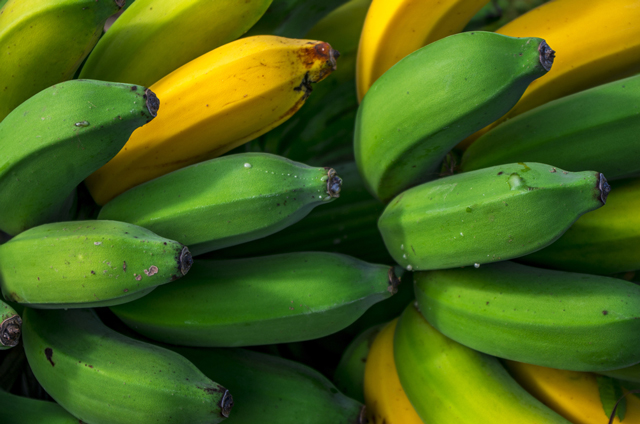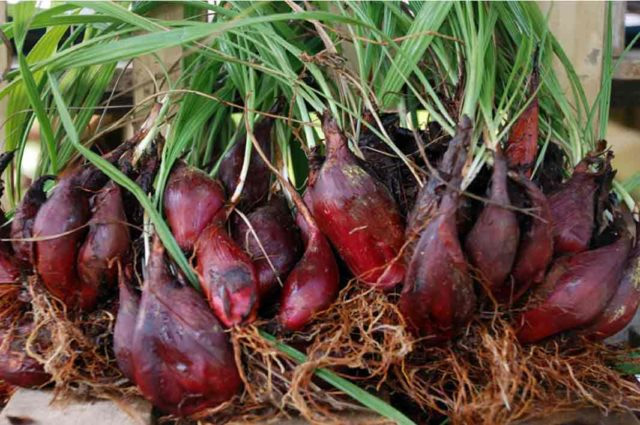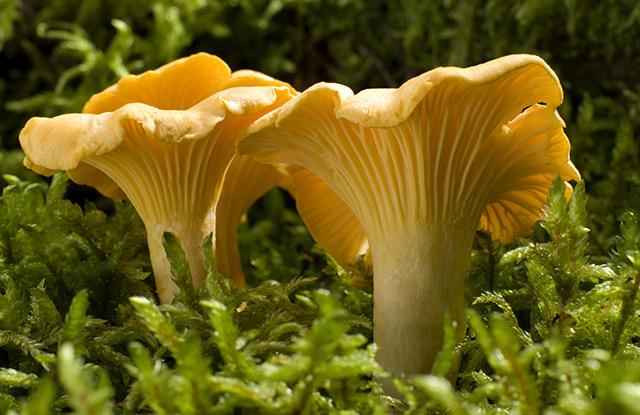Regarded as a sacred tree in India, amla may hold the key to preventing obesity
10/21/2018 / By Zoey Sky

The amla (Emblica officinalis) tree is worshiped in India because it provides a vitamin C-rich fruit that can help boost overall health. Based on data from a study, amla could also be used to prevent obesity. For the study, which was published in the Journal of Complementary and Integrative Medicine, a team of researchers used a rat model to investigate the potency of amla as a preventive measure for obesity.
Amla’s anti-obesity properties
According to various studies, amla possesses powerful anti-diabetic, anti-hyperlipidemia (used to promote the reduction of lipid levels in the blood), and antioxidant properties when tested on various animal models. In this study, the researchers tested the anti-obesity properties of aqueous amla extract on a rat model of high-fat diet (HFD)-induced obesity. The research team used male Wistar rats that were given a high-fat diet for 42 days to induce obesity.
The HFD-fed rats were orally administered aqueous amla extract from day eight to 50 days during the testing period. Once the testing period ended, the scientists took note of the subjects’ body weight gain, serum lipids, insulin, and leptin parameters. After the HFD-induced obese rats were orally fed the aqueous amla extract (20 milligrams of medication per kilogram of body weight [mg/kg]), the researchers reported that the subjects lost a considerable amount of “body weight gain, insulin, leptin, [and] lipids,” unlike the rats that were only administered the HFD.
The researchers said that the amla extract also increased the high-density lipoprotein (HDL-C) levels of the rat subjects. HDL-C is “good” cholesterol and it can help eliminate fats and cholesterol from cells. (Related: Find health with the super food synergy of Indian gooseberry and African mango.)
The research team concluded that aqueous amla extract can potentially be used to develop cures that can naturally and safely prevent obesity. These cures may also be used to help people maintain a healthy weight.
Fast facts on amla
Amla, or Indian gooseberry, is used in traditional Indian medicine to cure different ailments like diarrhea and dysentery.
- Amla’s botanical name is Phyllanthus Emblica.
- A beautiful ornamental tree, amla can grow as tall as 60 feet (18 meters). It can even grow 100 feet (30 meters) tall.
- When the tree bears fruits, they initially have a pale green hue. In time, amla fruits turn whitish or a pale, greenish-yellow. Very rarely, some fruits can turn a brick-red color.
- Amla trees are deemed very important in Indian culture. The fruit is eaten raw or preserved.
- Amla is rich in vitamin C. The fruit also has antioxidants, essential minerals, and other vitamins.
- The berries, leaves, flowers, fruits, seeds, bark, and root of the amla tree are used for various medicinal and culinary purposes.
- Ayurvedic practitioners in India use amla to cure health problems like fever, joint inflammations, and urinary tract infections (UTIs). Additionally, amla is used to control glucose levels in the bloodstream and to cure constipation.
- The Hindus revere the amla tree. The Hindu religion suggests that a person must eat ripe amla fruits for 40 days after fasting to restore their overall health and vitality.
- Fresh amla fruits are often baked in tarts or used as a seasoning.
- Amla juice is added to vinegar to augment its flavor.
- Amla fruit is also used to make candies, jams, pickles, relishes, and other preserves.
- Amla fruits can also be combined with other fruits to make chutney.
You can read more articles about amla and other natural remedies that can prevent obesity at FightObesity.news.
Sources include:
Tagged Under: Amla, botanicals, Emblica officinalis, Emblica officinalis Gaertn., fitness, herbal medicine, herbal remedies, high-fat diet, Indian Gooseberry, insulin, leptin, murine model, natural cures, natural healing, natural medicine, natural remedies, obesity, overweight, Phyllanthus emblica, prevention, proper diet, rat model, remedies, research, weight loss


















